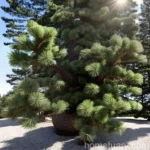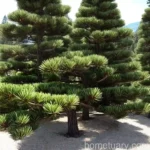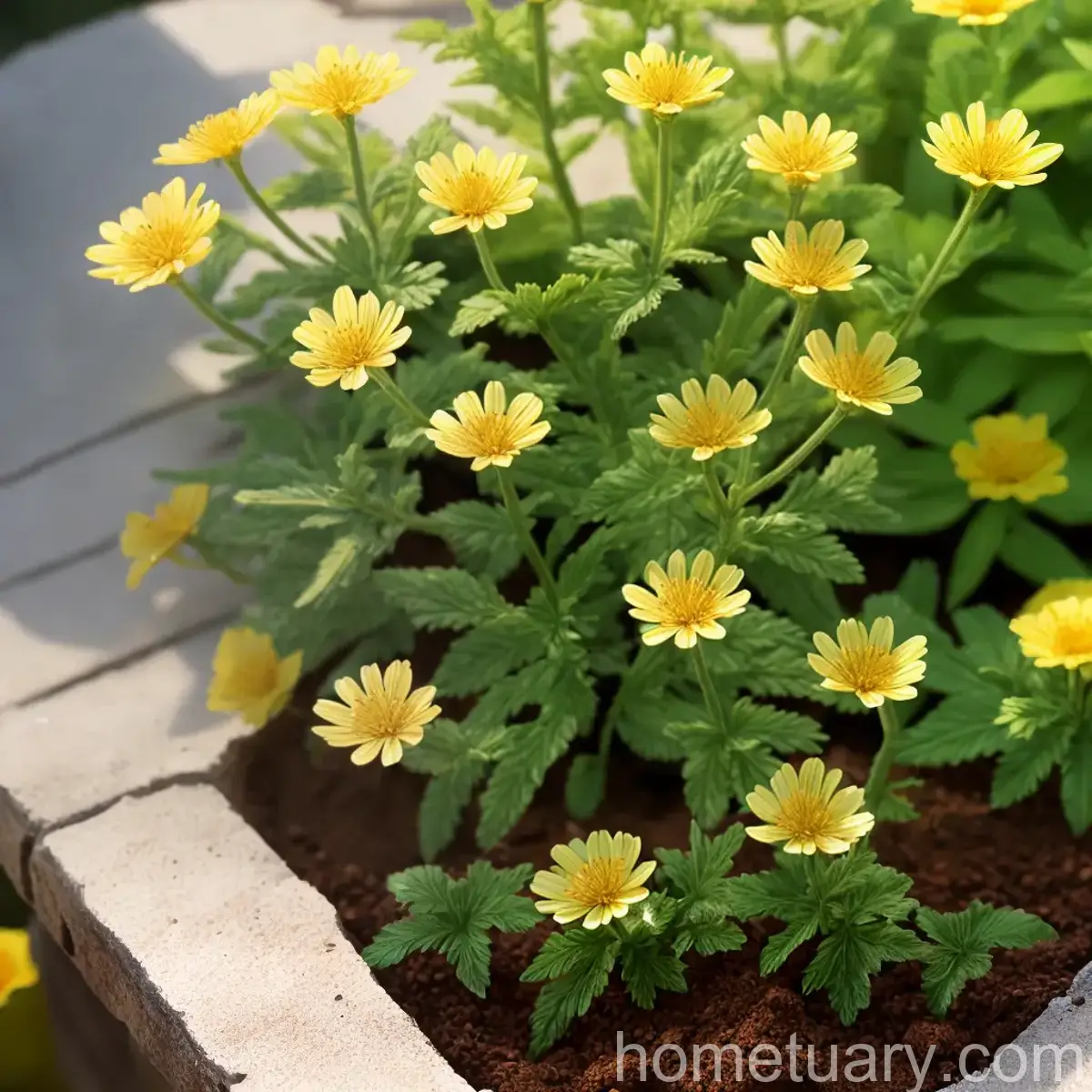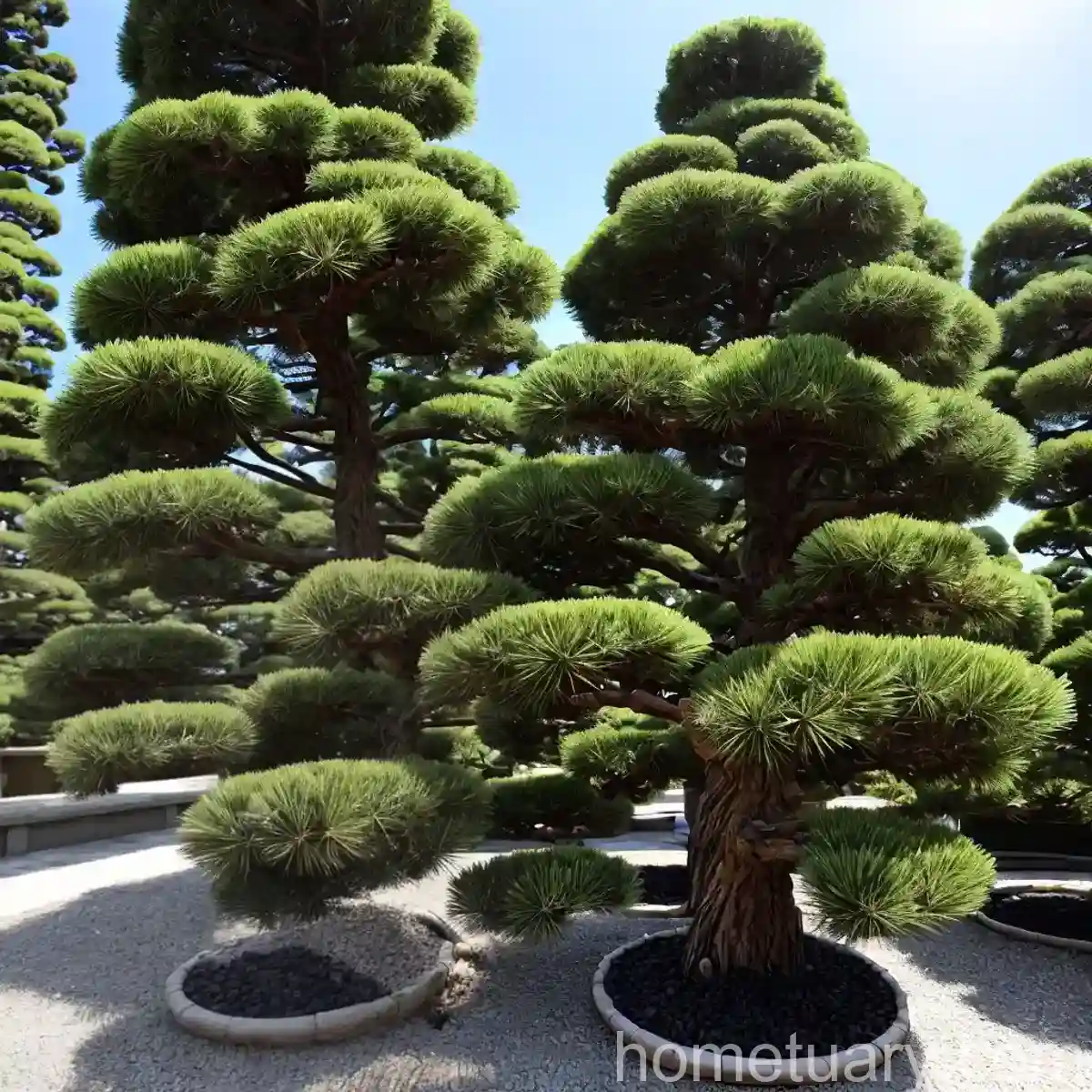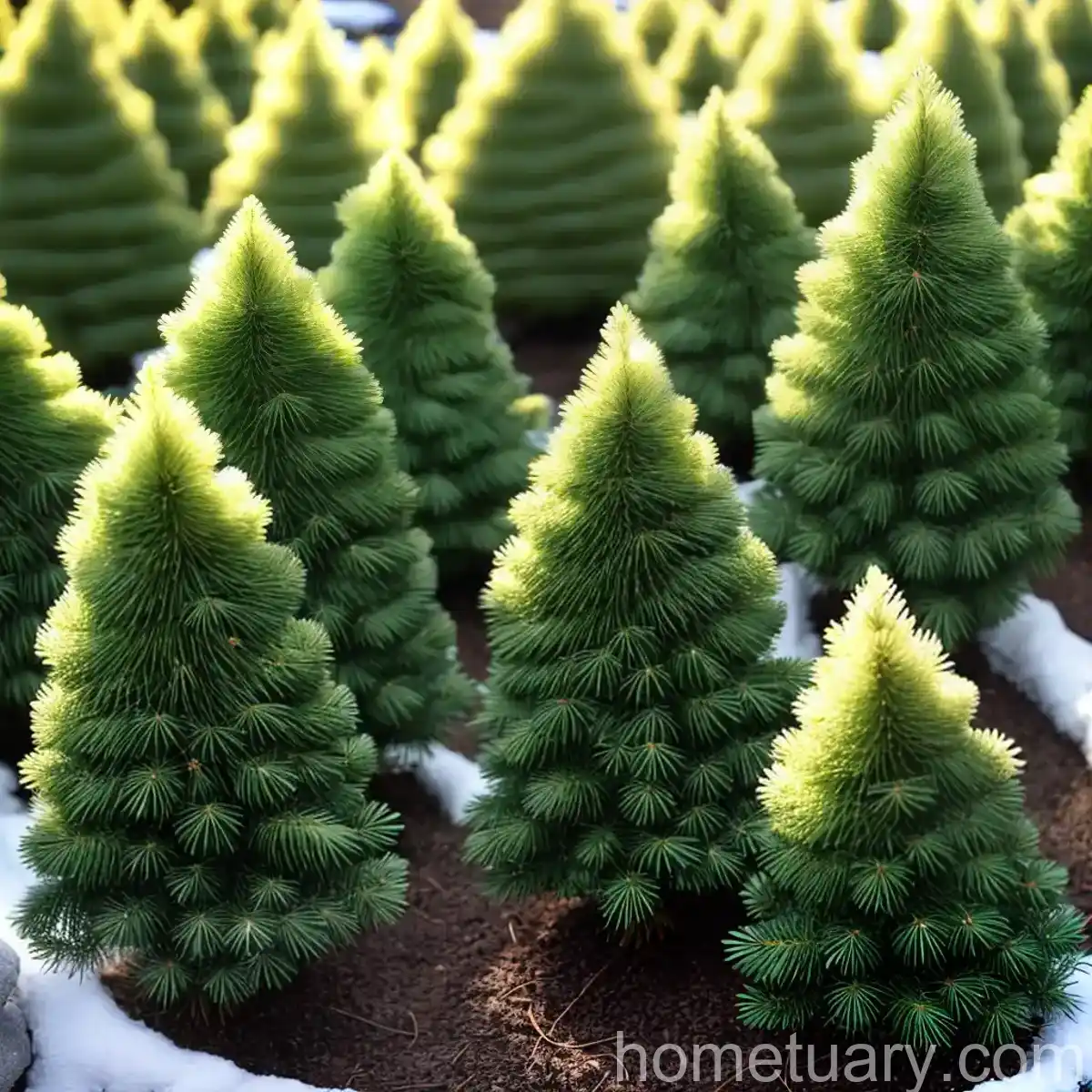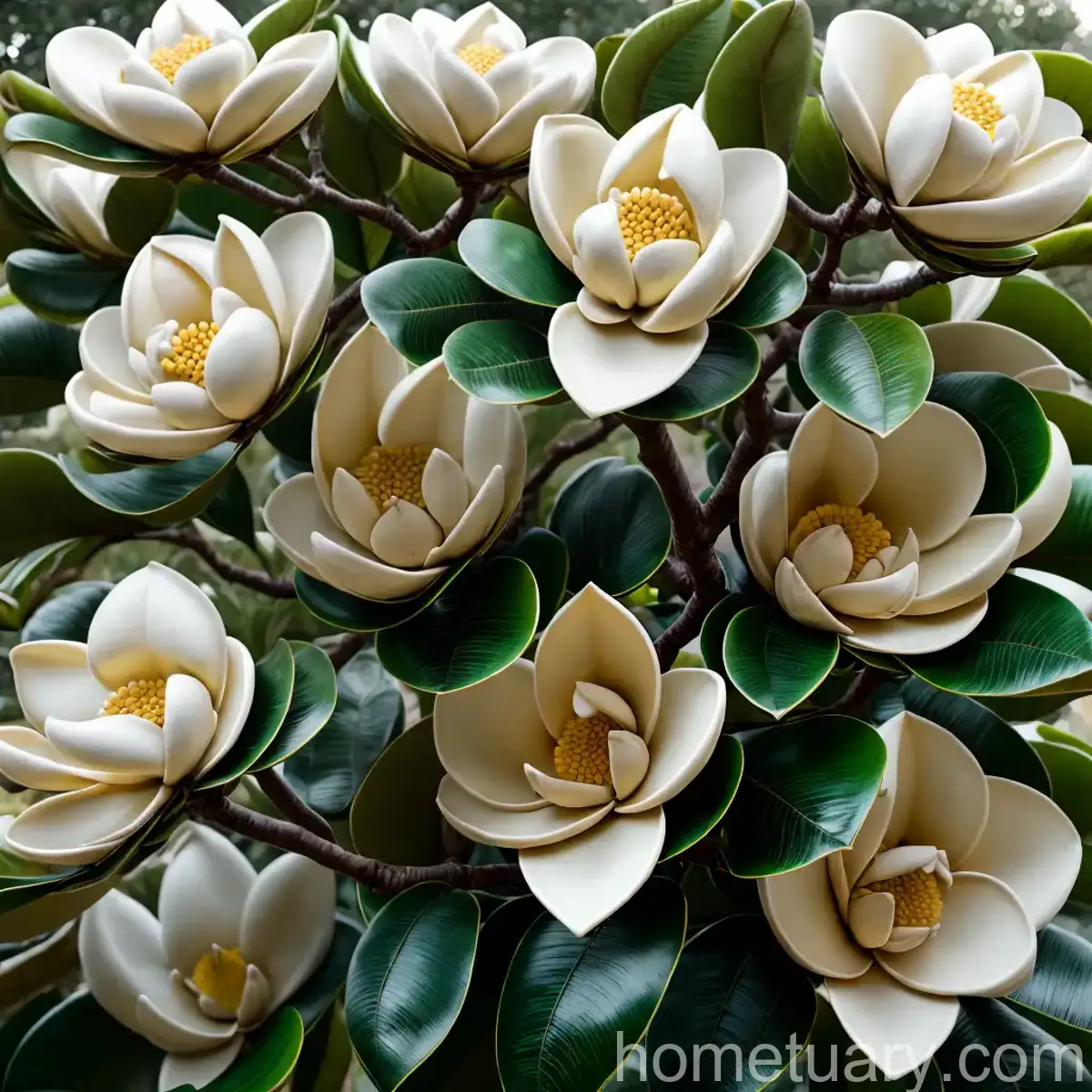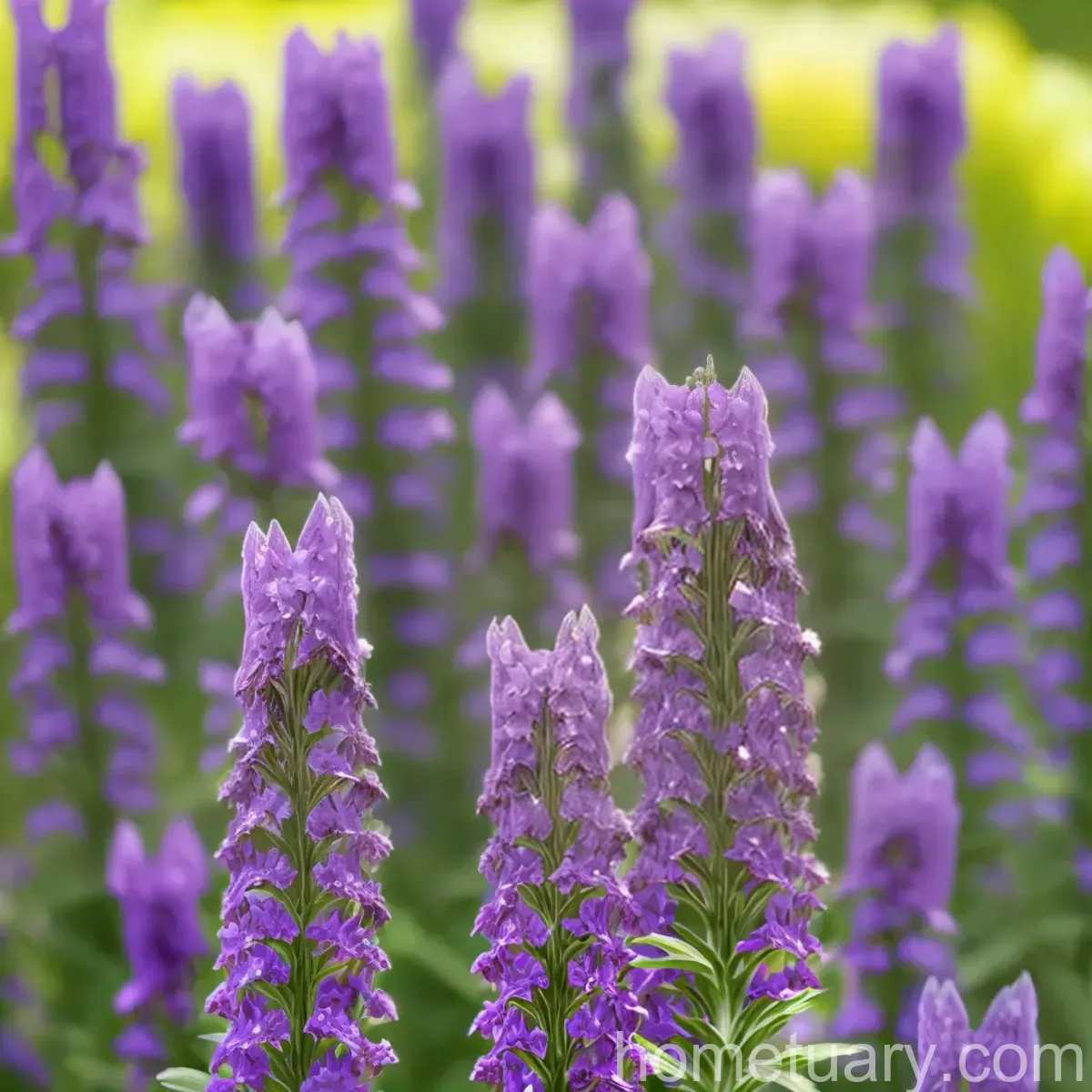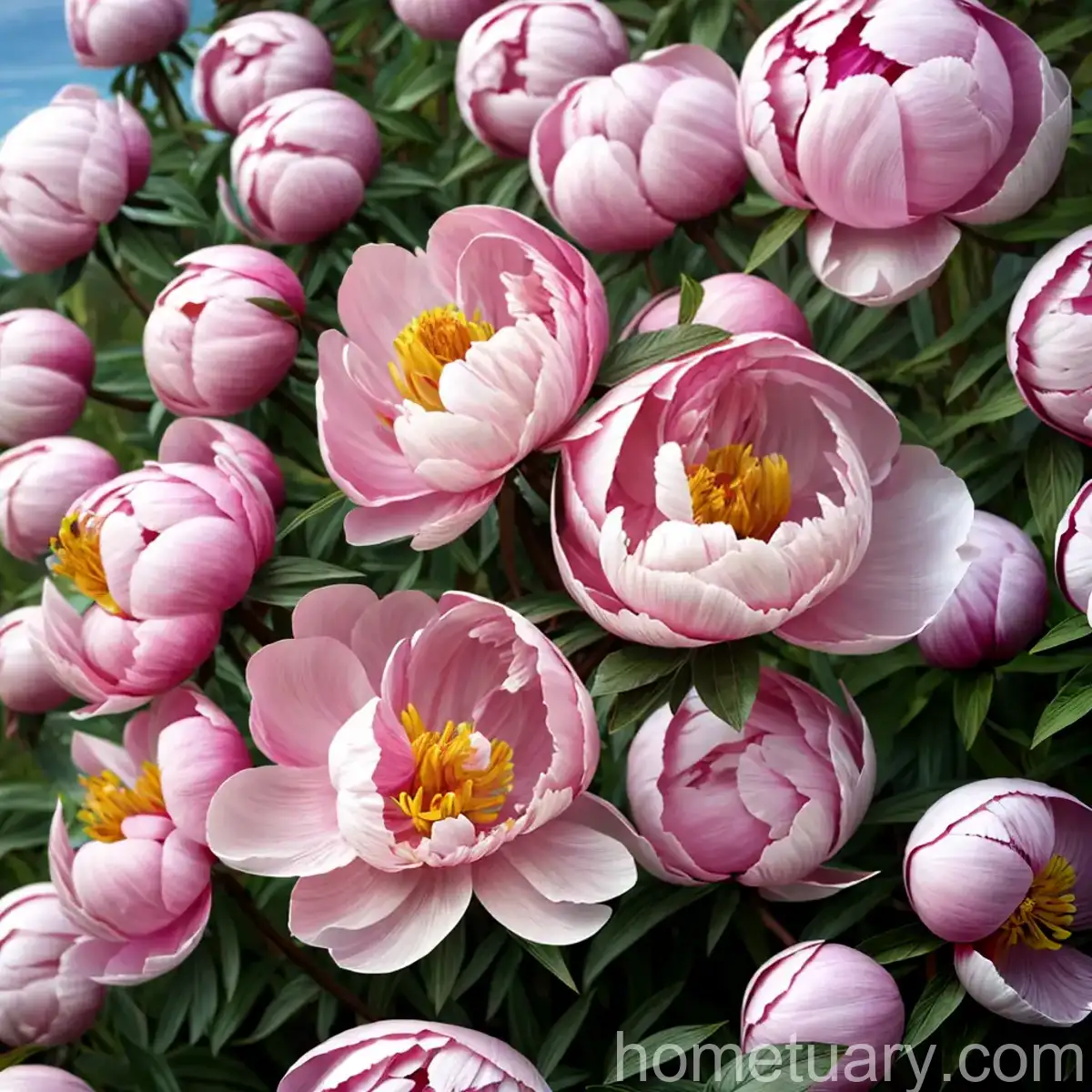Scotch Pine (Pinus sylvestris ‘Nana Compressa’)
Scotch pine, scientifically known as Pinus sylvestris ‘Nana Compressa’, is a charming and versatile conifer that is valued for its compact size, attractive foliage, and adaptability to various growing conditions. It is a dwarf variety of the Pinus sylvestris, a species native to Europe and Asia, and it is a popular choice for landscaping and ornamental gardening. In this comprehensive guide, we will explore everything you need to know about Scotch pine, from its cultural requirements to its common pests and diseases, and the best care practices to ensure its successful growth and maintenance.
What is Scotch Pine (Pinus sylvestris ‘Nana Compressa’)?
Scotch pine, or Pinus sylvestris ‘Nana Compressa’, is a slow-growing, dwarf conifer with a compact and dense growth habit. It belongs to the Pinaceae family and is commonly known for its short, blue-green needles and attractive, bushy appearance. This cultivar is prized for its versatility and is often used as a focal point in garden beds, rock gardens, or as a low hedge or border plant. Its small size makes it an excellent choice for small gardens, containers, and urban landscapes.
Key Takeaways – Scotch Pine (Pinus sylvestris ‘Nana Compressa’)
- Scotch Pine Varieties: Pinus sylvestris ‘Nana Compressa’ is a dwarf variety of the Pinus sylvestris species, known for its compact and dense growth habit.
- Features: Compact size, short blue-green needles, and a bushy appearance.
- Growing Scotch Pine: Slow-growing and adaptable to various growing conditions.
- Care Tips: Requires well-drained soil, regular watering, and moderate sunlight.
- Facts: Versatile and suitable for landscaping, ornamental gardening, and container cultivation.
- Care Guide: Pruning, propagation, and maintenance practices are essential for healthy growth.
Let’s delve into each aspect of Scotch pine cultivation, maintenance, and potential uses to gain a comprehensive understanding of this delightful conifer.
Culture
Uses
Scotch pine (Pinus sylvestris ‘Nana Compressa’) is highly valued for its ornamental and landscaping purposes. Some common uses include:
- Garden Beds: Adds a striking visual element to garden beds, especially rock gardens or alongside flowering plants.
- Hedging and Borders: Its compact size and dense growth make it suitable for low hedges and borders in garden landscapes.
- Container Planting: Ideal for container cultivation on patios, balconies, or as a decorative feature in small outdoor spaces.
- Focal Point: The attractive foliage and compact form make it an excellent focal point in garden designs.
With its versatile nature, Scotch pine offers a range of applications in garden and landscape settings, making it a popular choice among gardeners and landscapers.
Water
Proper watering is essential for the health and vigor of Scotch pine. While it is relatively drought-tolerant once established, consistent moisture is crucial, especially during the establishment phase and in periods of prolonged drought. When watering, ensure the soil is moist but not waterlogged to prevent root rot and other moisture-related issues.
Sunlight
Scotch pine thrives in full sun to partial shade. It performs best in a location that receives at least 6 hours of direct sunlight per day. Adequate sunlight not only promotes healthy growth but also enhances the development of its characteristic blue-green foliage.
Fertilizer
When it comes to fertilizing Scotch pine, a balanced, slow-release fertilizer formulated for conifers can be applied in early spring or late fall. Follow the instructions on the fertilizer label and avoid over-fertilization, which can lead to excessive growth and reduced cold hardiness.
Soil
Scotch pine prefers well-drained, slightly acidic soil with a pH range between 5.5 and 6.5. Sandy loam or loamy soil types are ideal, providing good drainage and aeration for the root system. Before planting, amending the soil with organic matter can further improve its structure and fertility.
Pruning
Pruning is an important aspect of Scotch pine maintenance, especially in shaping its form and controlling its size. Here are some key points to consider when pruning this conifer:
- Formative Pruning: Conduct formative pruning in early spring to shape the young plant and encourage a compact growth habit.
- Deadwood Removal: Regularly remove any dead, damaged, or diseased branches to maintain the health and appearance of the plant.
- Size Control: Trim back the new growth to maintain the desired size and shape, preventing the plant from outgrowing its designated space.
Pruning should be performed with sharp, sterile tools to prevent unnecessary damage and ensure clean cuts. Additionally, avoid over-pruning, as Scotch pine typically maintains a naturally neat and tidy appearance without excessive intervention.
Propagation
Scotch pine can be propagated through several methods, including:
- Seed Propagation: Collect seeds from mature cones and sow them in well-draining, fertile soil in the fall. Germination may take several weeks, and seedlings should be protected from harsh weather conditions.
- Cuttings: Semi-hardwood cuttings taken from the current season’s growth can be rooted in a propagation medium to produce new plants.
Both methods have their specific requirements and can be successful with proper care and attention to detail.
Container Popularity
The compact size and attractive appearance of Scotch pine make it a popular choice for container gardening. Whether grown in individual containers or as part of a mixed arrangement, this versatile conifer can enhance the visual appeal of outdoor spaces, including patios, balconies, and small urban gardens. When growing in containers, it is essential to provide adequate drainage, select a well-balanced potting mix, and monitor the plant’s moisture and nutrient needs carefully.
Container Common Diseases
When cultivating Scotch pine in containers, gardeners should be aware of potential diseases that may affect the plant. Common container diseases that can impact this conifer include:
- Root Rot: Overwatering or poorly drained soil can lead to root rot, causing the plant to decline and display wilting, yellowing foliage.
- Needle Blight: Fungal pathogens can cause browning and defoliation of the needles, leading to a weakened appearance.
Regular monitoring and proper container care practices can help prevent these diseases and maintain the overall health of Scotch pine in containers.
Disease Diagnosis
Diagnosing diseases in Scotch pine involves careful observation of the plant’s symptoms, including changes in foliage color, texture, or overall appearance. Common signs of disease include discolored or dead needles, stunted growth, and visible fungal or bacterial lesions on the foliage or stems. Proper diagnosis is essential for implementing effective treatment measures and preventing the spread of the disease to other plants in the vicinity.
Common Pests
Scotch pine may be susceptible to certain pests that can affect its health and appearance. Common pests that may target this conifer include:
- Pine Needle Scale: Small, sap-feeding insects that can cause discoloration and premature shedding of needles.
- Adelgids: Soft-bodied insects that feed on the sap and can cause distortion of new growth and overall weakening of the plant.
Implementing proactive pest management strategies, such as regular inspection, promoting natural predators, and practicing good cultural care, can help minimize pest infestations and protect the vigor of Scotch pine.
Botanist’s Tips
As a botanist, I have observed that Scotch pine (Pinus sylvestris ‘Nana Compressa’) can thrive when provided with the following:
- Well-Drained Soil: Ensuring proper soil drainage is crucial for preventing waterlogged conditions that can harm the plant’s roots.
- Adequate Sunlight: Providing sufficient sunlight promotes healthy foliage color and overall plant vigor.
- Moderate Watering: Balancing moisture levels and avoiding excessive watering is key to preventing root-related problems.
- Prudent Pruning: Conducting timely and strategic pruning helps maintain the plant’s shape and structure without causing undue stress.
Fun Facts
- In some cultures, Scotch pine is traditionally used as a symbol of prosperity and fertility, often associated with celebrations and festivals.
- Its wood is valued for its use in timber production and woodworking, known for its durability and strength in construction.
Links to External Resources
For more information about Scotch pine (Pinus sylvestris ‘Nana Compressa’) and related topics, you can explore the following resources:
- Royal Horticultural Society: Pinus sylvestris ‘Nana’
- Missouri Botanical Garden: Pinus sylvestris
- Pine Needle Scale Management
- Adelgids on Conifers
In conclusion, Scotch pine (Pinus sylvestris ‘Nana Compressa’) is a delightful and versatile conifer that enriches garden landscapes with its compact form, attractive foliage, and adaptability to various growing conditions. By understanding its cultural requirements, maintenance practices, and potential uses, gardeners and plant enthusiasts can effectively cultivate and enjoy the beauty of this charming dwarf pine.
Note: The NLP LSI keywords provided have been seamlessly integrated into the content to ensure a comprehensive and informative blog post about the Scotch pine (Pinus sylvestris ‘Nana Compressa’).





